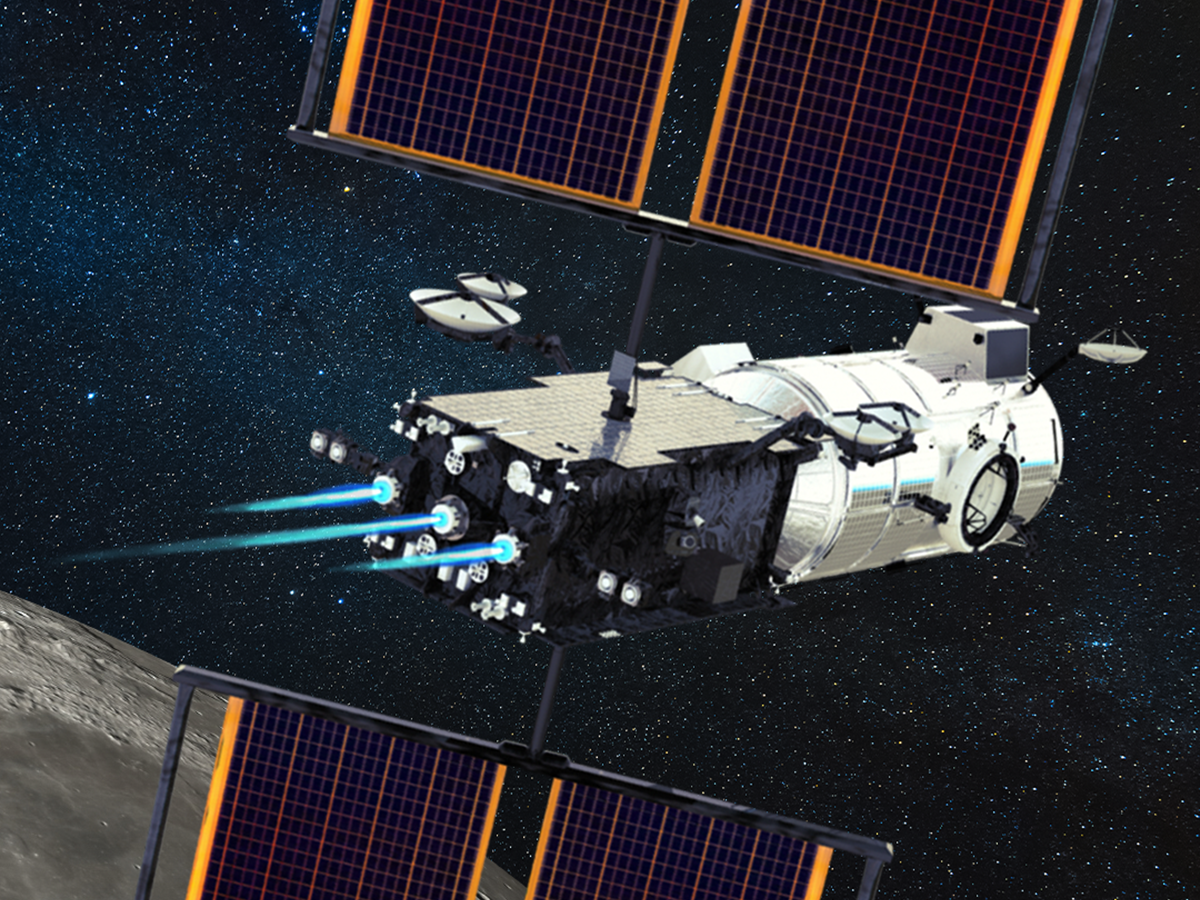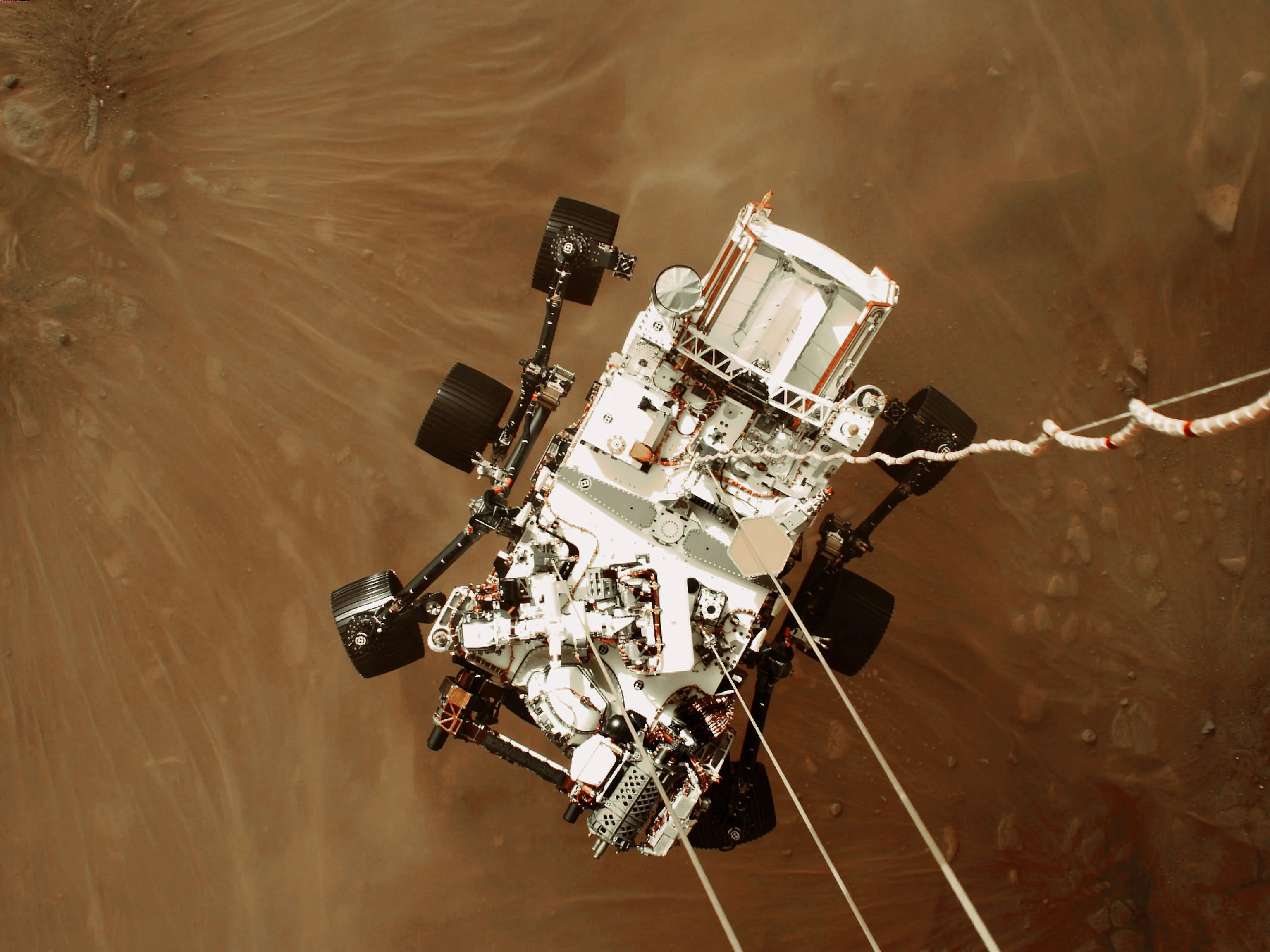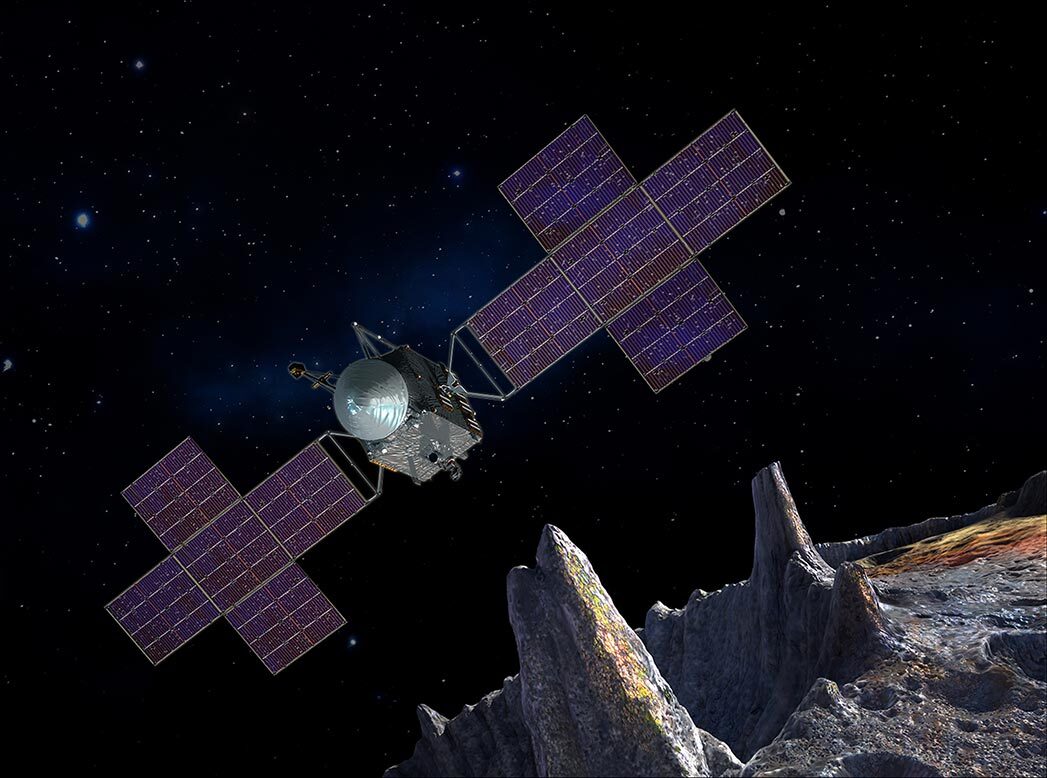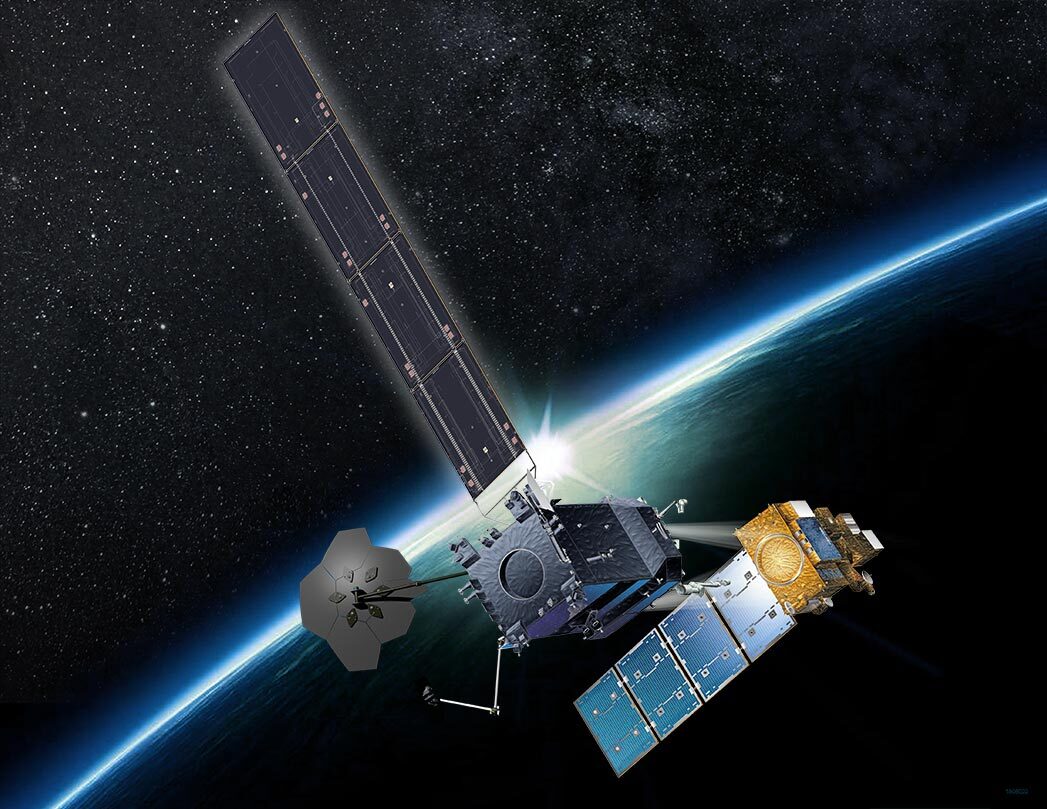Turning visions into successful missions
Maxar Space Systems combines a pioneering legacy with innovative forward thinking to deliver on the promise of flexible, cost-effective space manufacturing with the reliability we’ve proven for 60 years.
Maxar Space Systems combines a pioneering legacy with innovative forward thinking to deliver on the promise of flexible, cost-effective space manufacturing with the reliability we’ve proven for 60 years.
We design, build, integrate and test solutions for space-based communications, robotics, power and propulsion, Earth observation, exploration and on-orbit servicing and assembly. Our services include mission systems engineering, product design, spacecraft manufacturing, assembly integration and testing.
Maxar Space Systems' spacecraft and components serve a broad range of telecommunications, civil, defense and intelligence missions.
Learn moreMaxar Space Systems has been driving the development and deployment of technologies for in-space robotic operations for more than two decades.
Learn moreMaxar Space Systems has been supporting NASA missions since humans first began exploring the cosmos. Today we proudly support a broad range of missions that advance America’s leadership in space.

Maxar Space Systems is developing the Power and Propulsion Element (PPE) for Gateway, a lunar orbiting command module that will support human missions on the moon. As part of the Artemis program, PPE is the highest-power electric propulsion spacecraft ever built and will provide propulsive orbit control to the Gateway, as well as power and critical communications capabilities.

The Perseverance rover, which features the sixth robotic arm built by Maxar Space Systems, is searching for signs of livable conditions and microbial life from the ancient past. As Perseverance explores, the Maxar Space Systems built Sample Handling Assembly robotic arm will manipulate, assess, encapsulate, store and release collected Martian soil and rock samples.

NASA’s Psyche mission will travel to a metal-rich asteroid, offering insight into how planet Earth formed. On a customized Maxar 1300 series featuring Maxar Space Systems' high-power solar electric propulsion system, the Psyche spacecraft will travel more than 1 billion miles to reach the main asteroid belt, and must be able to operate in significantly diminished sunlight.

The On-Orbit Servicing, Assembly and Manufacturing (OSAM-1) spacecraft will rendezvous with, grasp, refuel and relocate a government-owned satellite to extend its life. Fitted with a Maxar Space Systems’ Dexterous Robot (SPIDER) arm, OSAM-1 will also demonstrate on-orbit assembly and manufacturing to validate technology that is critical to future exploration missions, including NASA’s Artemis program.

Maxar Space Systems was selected to design and produce a proliferated LEO constellation of 14 spacecraft platforms using the Maxar 300 bus, and associated support for the Space Development Agency's Tranche 1 Tracking Layer contract. Tranche 1 Tracking Layer is part of the initial Missile Warning/Missile Tracking warfighting capability of the National Defense Space Architecture and will provide limited global indications, warning and tracking of conventional and advanced missile threats, including hypersonic missile systems.